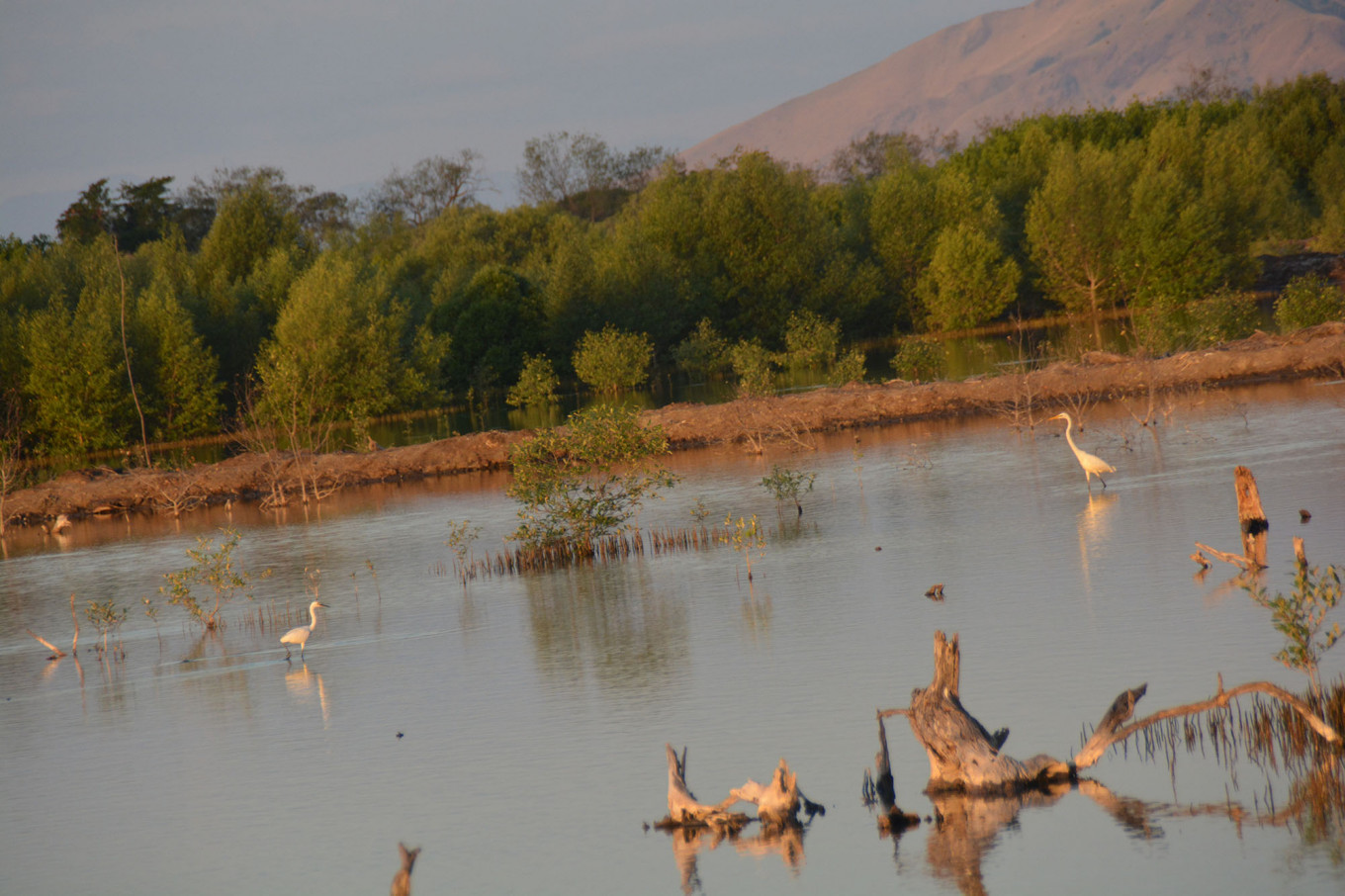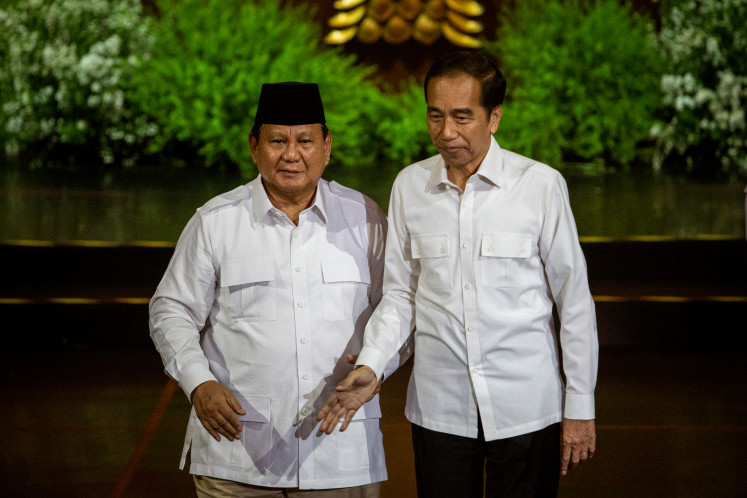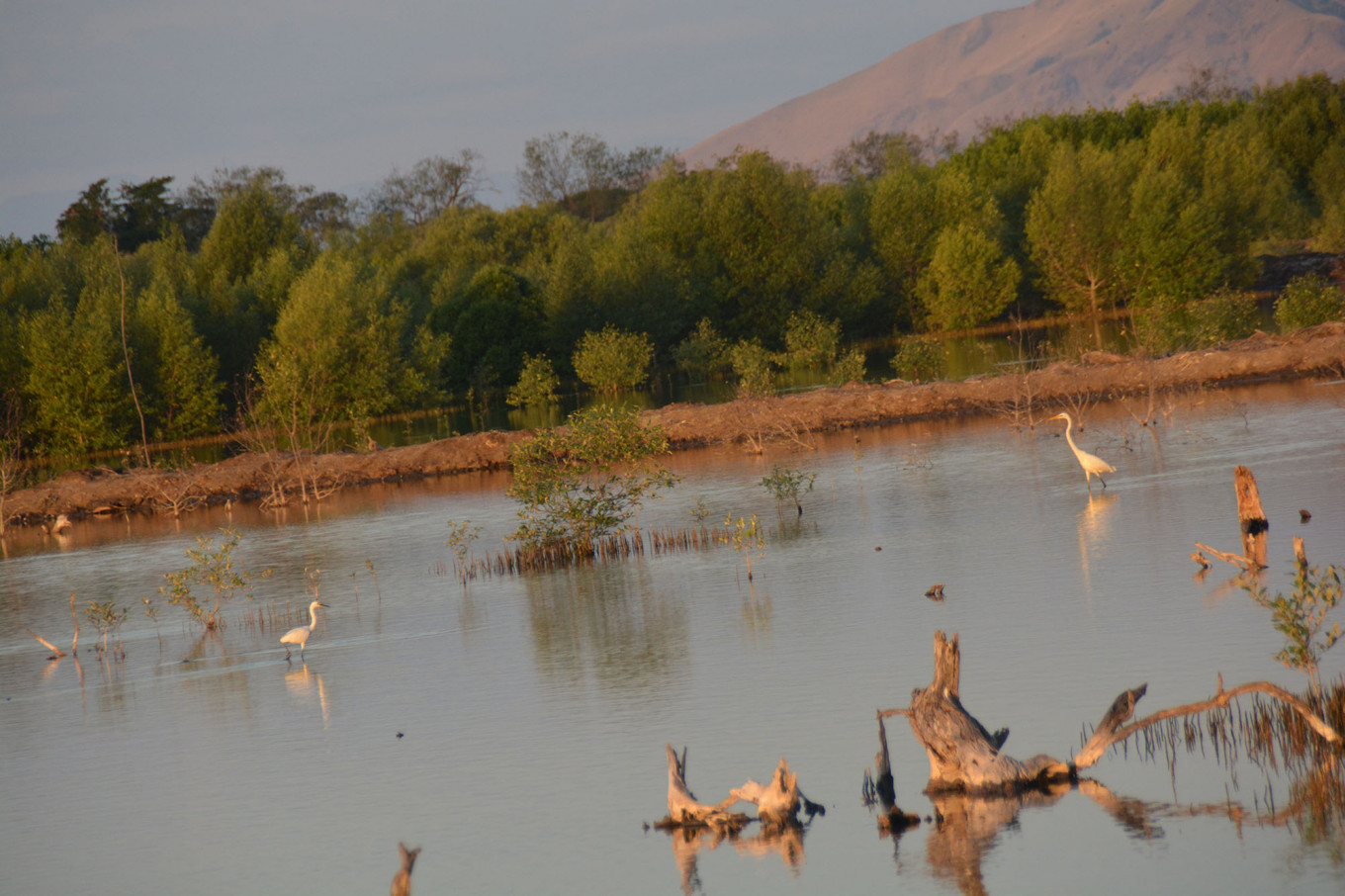Popular Reads
Top Results
Can't find what you're looking for?
View all search resultsPopular Reads
Top Results
Can't find what you're looking for?
View all search resultsTime for Indonesia to optimize blue carbon habitats
The archipelago has approximately 3 million hectares of mangroves and seagrass with carbon storage equaling 6 percent of the carbon stored in the whole forest biomass in the country. Clearly, Indonesia’s blue carbon ecosystems play a significant role in carbon management.
Change text size
Gift Premium Articles
to Anyone
P
rior to and during the United Nations Climate Action Summit in New York, United States, last month, there was an increasing recognition of the potential use of natural ecosystems for climate change adaptation and mitigation in addition to limiting fossil fuel consumption. For several decades, scientists have informed us of the crucial roles natural habitats play in regulating global climate. Yet, the area of natural habitats, particularly tropical forests, is declining at a rapid rate.
During the summit, 16-year-old climate activist Greta Thunberg, very bravely, reminded global political leaders that we may not achieve global climate targets in time if we don’t act now and listen to what science tells us.
In a short film released prior to the summit, she joined forces with environmental columnist George Monbiot and underlined the importance of natural ecosystems, such as tropical forest and wetland habitats, as one of the low-cost climate solutions. Degraded carbon-dense ecosystems such as mangrove and peatland must be first restored before we can move to other types of ecosystem.
What does this mean for Indonesia and can we contribute to this global movement?
With over 90,000 kilometers of tropical coastlines, Indonesia is one of the countries with the largest coastal wetland ecosystems, particularly mangrove forests and seagrass meadows. The two are called blue carbon ecosystems, or ecosystems that contain a high volume of organic carbon, and have long-term implications for greenhouse gas management once they are degraded.
The archipelago has approximately 3 million hectares of mangroves and seagrass with carbon storage equaling 6 percent of the carbon stored in the whole forest biomass in the country. Clearly, Indonesia’s blue carbon ecosystems play a significant role in carbon management.
We, therefore, must optimize the functions of our blue carbon ecosystems before they vanish due to pressures mainly from unsustainable land-use change.


















